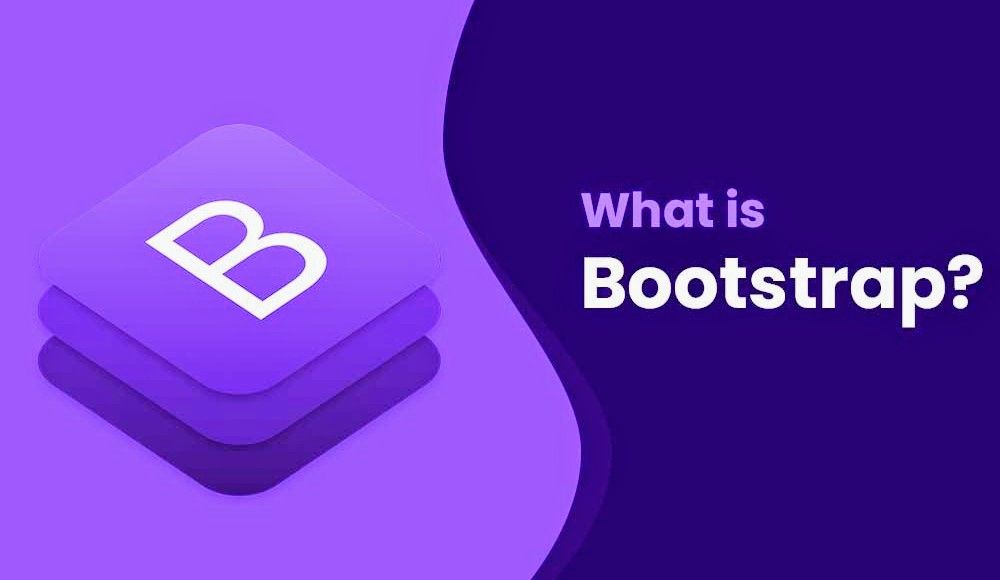What is Bootstrap and its Use? In today’s digital era, creating responsive and visually appealing websites is essential for businesses to attract and engage with their target audience. One popular tool that is widely used by web developers and designers to achieve this is Bootstrap. But what exactly is Bootstrap and how can it be used to enhance the design and functionality of websites? Let’s delve into the world of Bootstrap and explore its various features and benefits.
What is Bootstrap and its Use?

Understanding Bootstrap
Bootstrap is an open-source front-end framework developed by Twitter that allows developers to design responsive websites and web applications quickly and efficiently. It is based on HTML, CSS, and JavaScript, making it easy for both beginners and experienced developers to create modern and mobile-friendly websites. With a wide range of pre-built components and templates, Bootstrap provides a solid foundation for building websites that look great on any device, from desktops to smartphones.
How is Bootstrap Used?
Bootstrap is used by developers to streamline the process of building websites. By using pre-built components and responsive grids, developers can quickly create a visually appealing website without having to write extensive CSS code. Bootstrap also offers a variety of themes and templates that can be customized to suit the needs of the project.
Features and Benefits of Bootstrap
1. Responsive Design:
Bootstrap’s grid system allows developers to create responsive layouts that automatically adjust to different screen sizes. This ensures that websites built with Bootstrap are optimized for viewing on various devices, providing a seamless user experience.
2. Customizable Themes:
Bootstrap offers a variety of themes and templates that can be easily customized to match the branding and style of any business. Developers can choose from a range of color schemes, fonts, and layouts to create unique and visually appealing websites.
3. Cross-Browser Compatibility:
One of the key advantages of using Bootstrap is its cross-browser compatibility. Websites built with Bootstrap are designed to work consistently across different browsers, ensuring that users have a consistent experience regardless of the browser they are using.
4. Time-Saving:
By utilizing the pre-built components and templates provided by Bootstrap, developers can save time on coding and focus on designing user-friendly interfaces and interactive elements. This helps streamline the development process and deliver high-quality websites in a shorter amount of time.
How to Use Bootstrap
Getting started with Bootstrap is easy, thanks to its extensive documentation and user-friendly interface. Developers can download the latest version of Bootstrap from the official website and integrate it into their projects.
By including the Bootstrap CSS and JavaScript files in the project, developers can start using the framework’s components and utilities to design responsive and visually appealing websites.
Example of Using Bootstrap:
<!DOCTYPE html> <html lang=”en”> <head> <meta charset=”UTF-8″> <meta name=”viewport” content=”width=device-width, initial-scale=1.0″> <title>My Bootstrap Website</title> <link rel=”stylesheet” href=”https://stackpath.bootstrapcdn.com/bootstrap/5.1.0/css/bootstrap.min.css”> </head> <body> <div class=”container”> <h1>Welcome to My Bootstrap Website!</h1> <p>This is a paragraph of text.</p> <button class=”btn btn-primary”>Click Me</button> </div> <script src=”https://stackpath.bootstrapcdn.com/bootstrap/5.1.0/js/bootstrap.min.js”></script> </body> </html>
Conclusion:
In conclusion, Bootstrap is a powerful tool for designing responsive and visually appealing websites. Its features and benefits make it a popular choice among developers and designers who are looking to streamline the web development process and create modern web applications.
By leveraging Bootstrap’s grid system, components, and templates, developers can build websites that are optimized for viewing on any device. So, if you are looking to enhance the design and functionality of your websites, consider incorporating Bootstrap into your projects and see the difference it can make!
By following proper SEO standards and providing valuable information in a structured and engaging manner, this article aims to educate readers on the significance of Bootstrap in web development.


